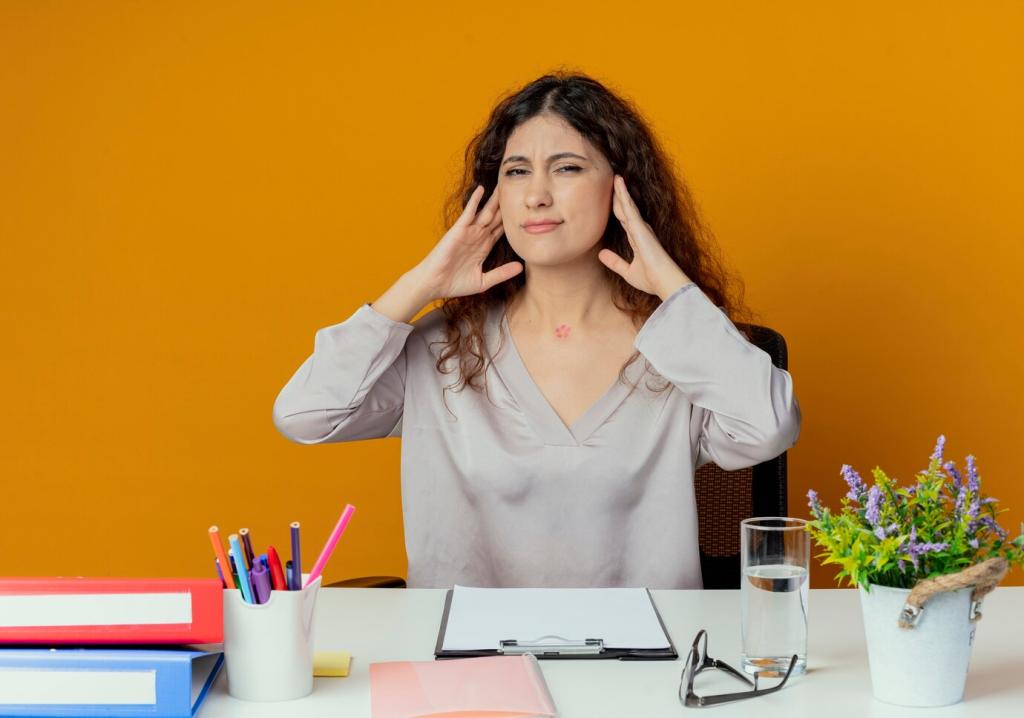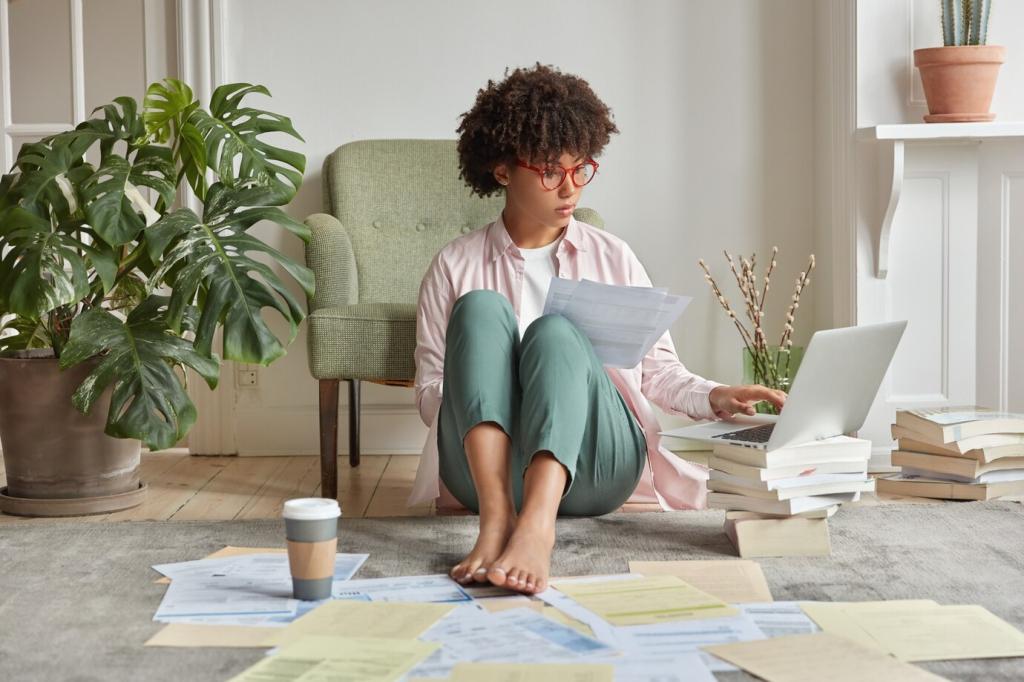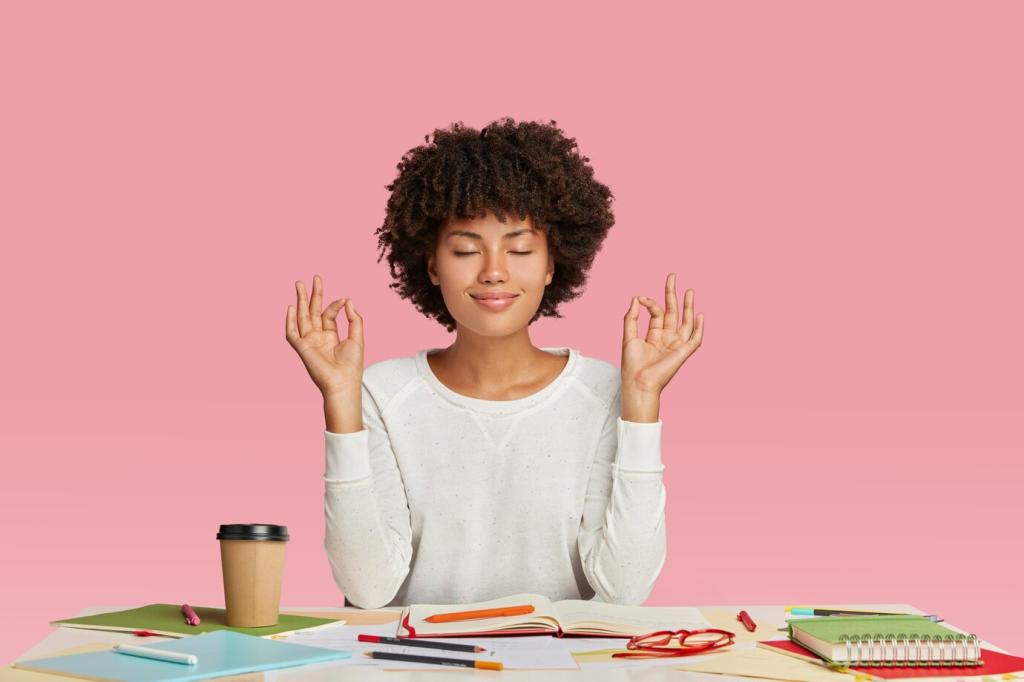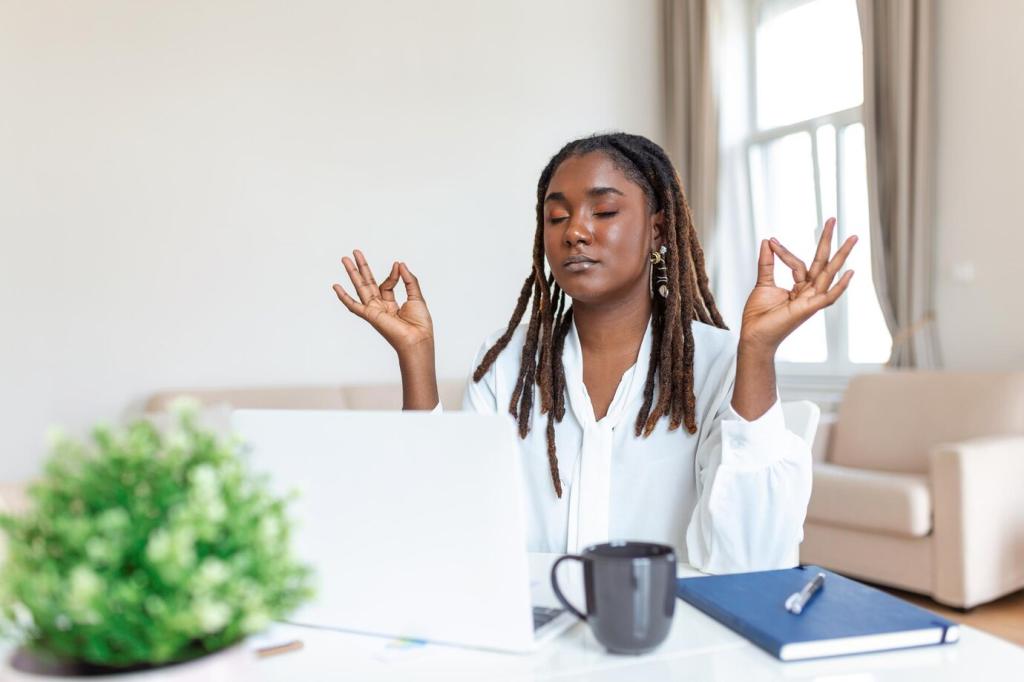Breath as an Anchor
Inhale for four, hold for four, exhale for four, hold for four. Picture a square with each side a steady count. This structure reassures your nervous system and slows racing thoughts. Practice twice daily for one minute, and comment with your favorite counting rhythm.
Breath as an Anchor
Try a 4‑6 rhythm: inhale four, exhale six. Longer exhales stimulate the vagus nerve, nudging the body toward rest-and-digest. Keep shoulders soft and jaw unclenched. If numbers feel stressful, lengthen naturally while whispering “easy.” Share how many cycles help you most.










